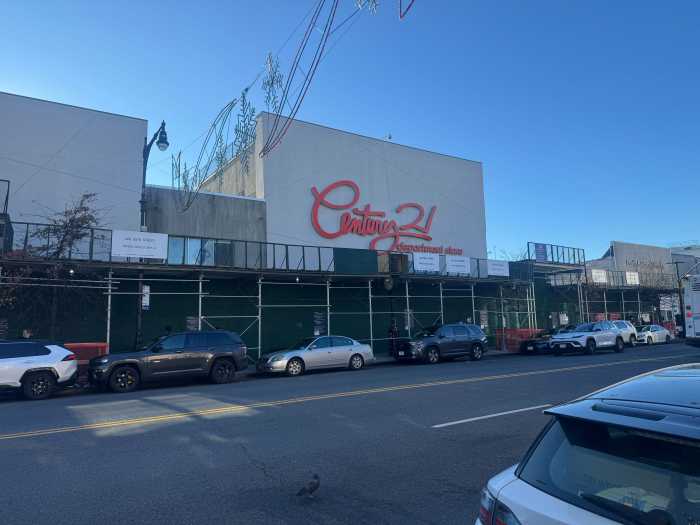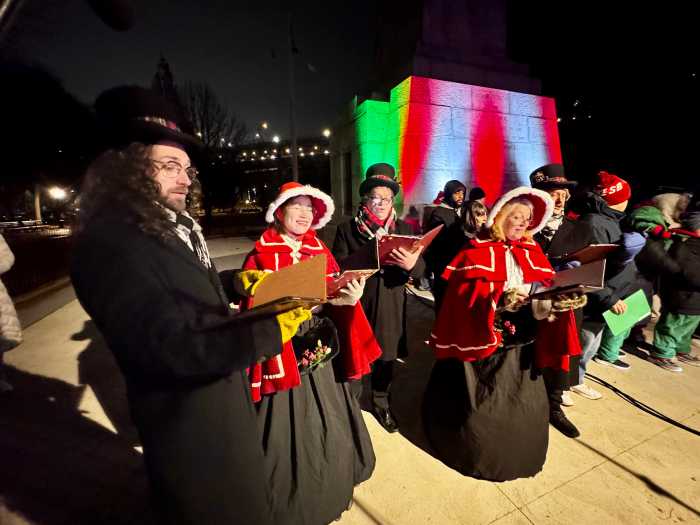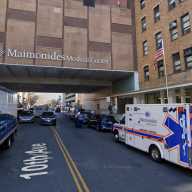A proposed permanent closure of the Harbor Defense Museum at Fort Hamilton has ignited a wave of concern among local officials and residents. The museum, the only publicly accessible military history institution in southern Brooklyn, stands as a vital link between the civilian community and the region’s military legacy.
In a recent letter to military leadership, state Sen. Andrew Gounardes and New York City Council Member Justin Brannan voiced strong opposition to the closure. They emphasized the museum’s role as a living history site chronicling Fort Hamilton’s defense of New York Harbor since the War of 1812.
“Fort Hamilton is the only active military installation in all five boroughs,” Gounardes told Brooklyn Paper. “This museum captures the legacy of military leaders like Robert Lee, Thomas Stonewall Jackson, and General John Puring. Erasing this history diminishes our community’s connection to our past and its importance for future generations.”
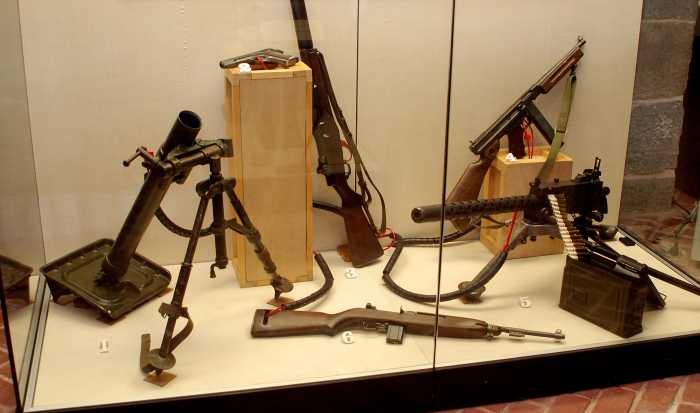
Brannan pointed to President Donald Trump’s administration, arguing that political motives influenced the proposed closure.
“I understand the White House is busy conducting an expansive review of museums to ensure all the exhibits align with Trump’s own bizarre view of American history but I don’t understand why Trump would want to close a museum on New York City’s only active duty military installation,” he said in a statement. “I grew up going to the Harbor Defense Museum and it serves as a vital link between everyday New Yorkers and the military history of southern Brooklyn. It shouldn’t be a partisan issue but should remain open for generations to come.”
Community response has grown increasingly vocal, as many fear that closing the museum would sever a vital link between civilians and the military, especially in Bay Ridge, Dyker Heights and Bath Beach — neighborhoods with deep, longstanding ties to Fort Hamilton.
The Harbor Defense Museum, the only Army museum in New York City, is housed in Fort Hamilton’s historic caponier, a freestanding bastion within the fort’s dry moat built between 1825 and 1831. Listed on the National Register of Historic Places, the museum showcases a rich collection of United States Army weapons, uniforms, small arms, cannons, and military accoutrements spanning from the American Revolution through World War II, along with military-themed art and artifacts from Fort Hamilton itself.
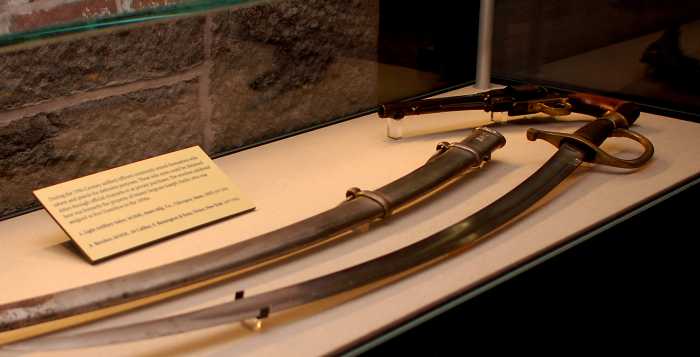
Officials argue that without the museum, young people and residents would lose a tangible way to connect with military history.
The U.S. Army Center of Military History and the Army Training and Doctrine Command have not made clear their next steps regarding the museum, and the Fort Hamilton Army Base did not respond to a request for comment.
In the meantime, local leaders and residents say they remain committed to preserving it.
“Losing the Harbor Defense Museum would be a disservice to everyone who values our history and the sacrifices made to protect our city,” Gounardes said.



